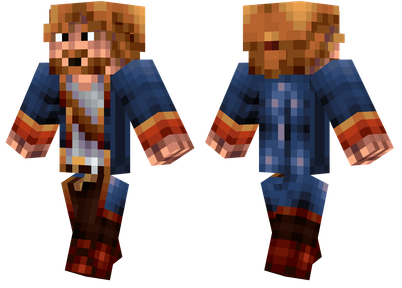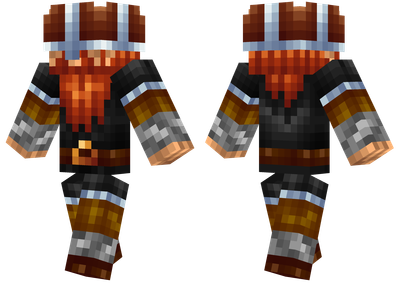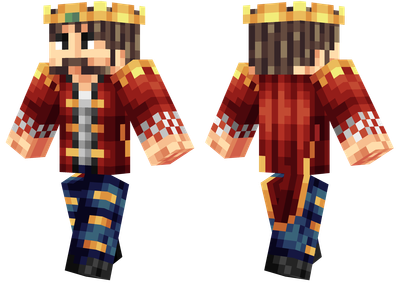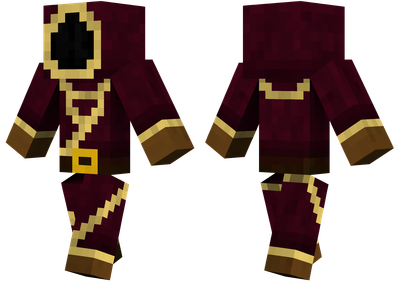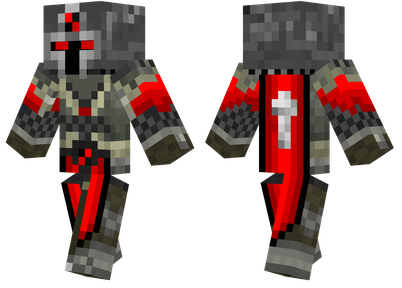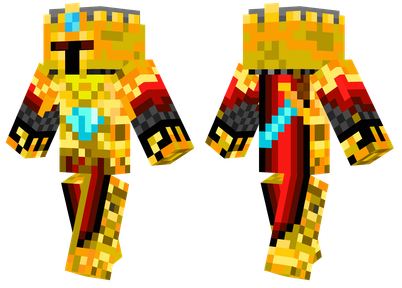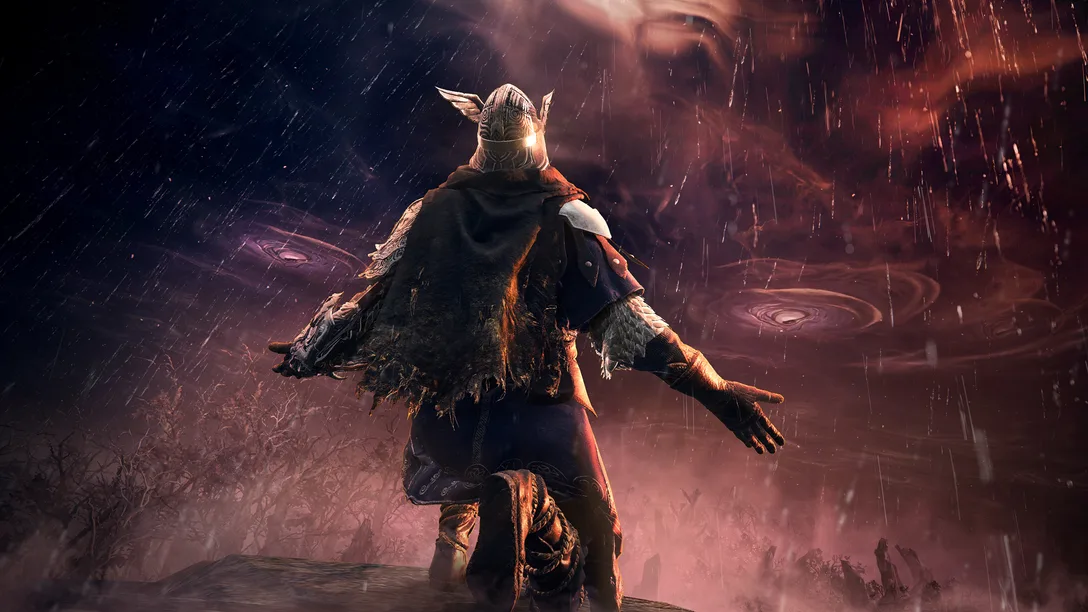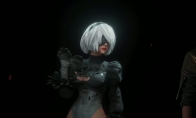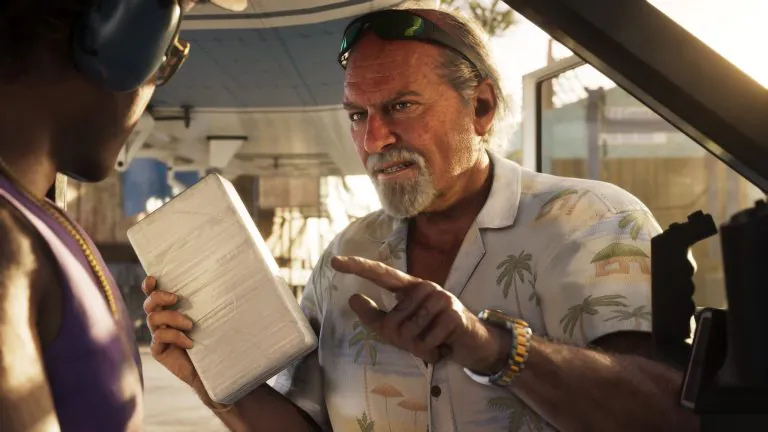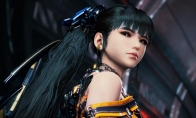Recently, Nintendo released its latest financial report, which is expected to sell 15 million units in the first year of Switch 2. Compared with other analysts' predictions, it has been too conservative and has been questioned.In an investor Q&A on Tuesday, Nintendo President Shuntaro Furukawa responded: The primary goal is to replicate the initial sales of the Switch!

Shuntaro Furukawa made it clear that the hardware sales target of 15 million units in fiscal 2025 is formulated based on the sales pace of the 10.41 million units achieved by the first-generation Switch from March 2017 to December of that year.The forecast is not limited to the hardware capacity ceiling, nor does it take into account U.S. tariff policies or the possibility of a recession.
Software: The 45 million software sales expectations in the financial report do not include the same bundle of "Malio Kart World".If included in this part, the total software sales volume will exceed the 52 million record of the first generation Switch in the same period.He said this is due to "a stronger starting lineup support than the previous generation."
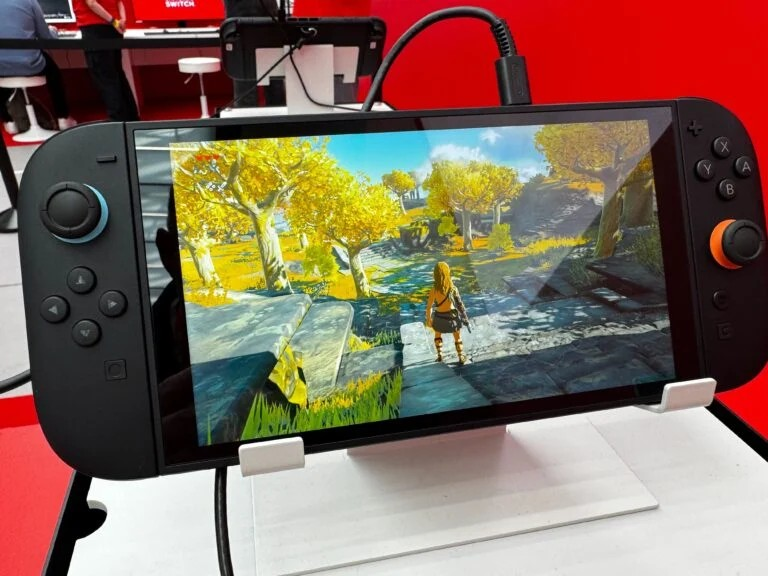
However, he emphasized: The current forecast is based on the unchanged tariff policy this fiscal year, and if the tax rate is adjusted, a dynamic price assessment mechanism will be initiated.Furukawa admitted that the tariffs have caused "profit loss of tens of billions of yen", and the Switch 2 hardware profit margin is lower than that of previous generations.
Shuntaro Furukawa admits that despite the enthusiastic response to the Switch 2 experience, higher pricing than previous generations will increase the difficulty of maintaining sales momentum.To this end, Nintendo has continued to increase its production capacity since the beginning of the year to ensure that it can "flexibly respond to demand fluctuations."

Finally, Shuntaro Furukawa also explained the price increase of software and hardware: "When pricing hardware, it not only considers manufacturing costs, but also comprehensively integrates multiple factors such as consumer price perception, significant exchange rate differences compared to when the Switch was released, and market environment in various regions. In addition to the above factors, software pricing also needs to consider the cost increase caused by the increase in game file size and the extension of development cycle. In the future, reasonable prices will continue to be set for each software, and special factors such as tariffs are involved in hardware will be decided after full review."
What do you think about this? Can you accept Nintendo's explanation?Welcome to the comment section for discussion.


